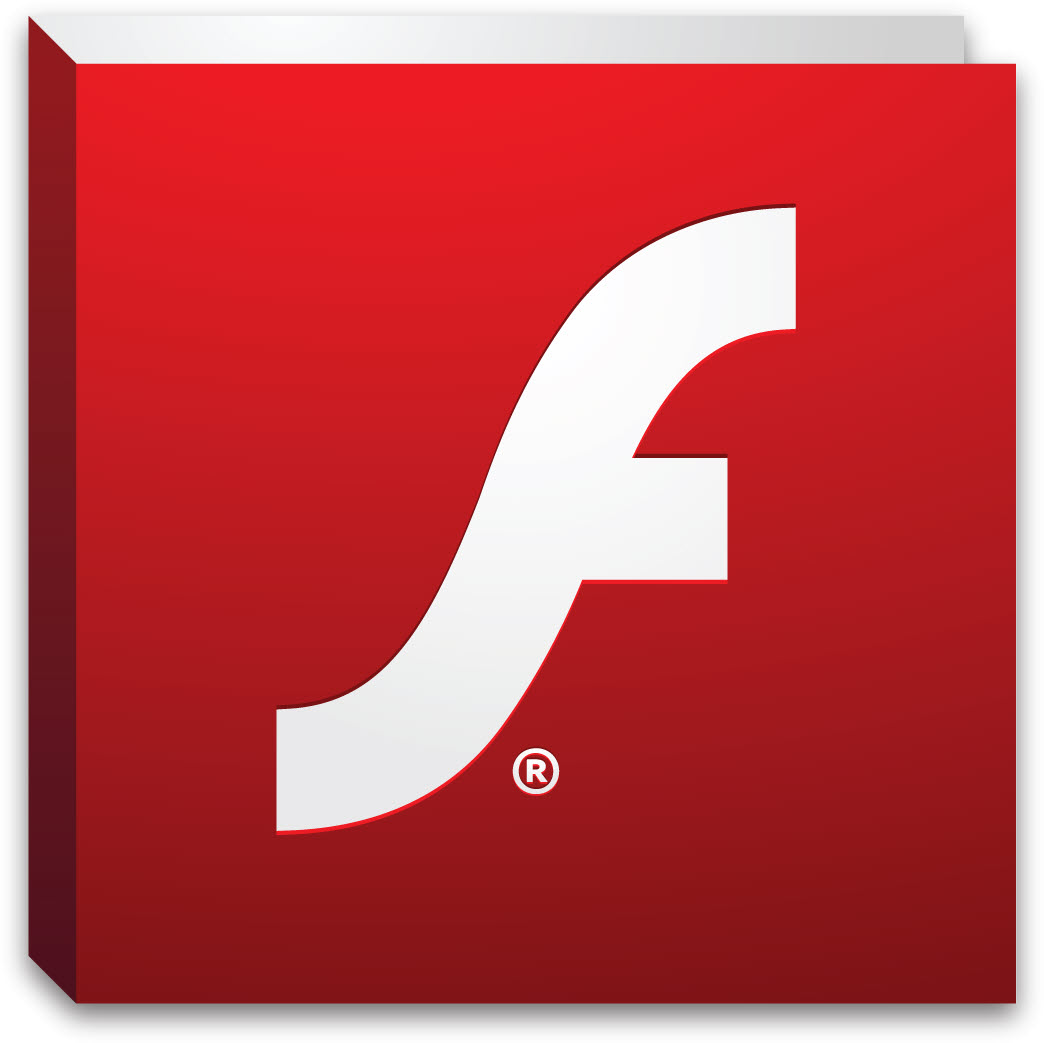The explosion in interest around HTML5 in the past year has been somewhat of a surprise when you consider it’s merely the next iteration of the Web markup language that’s been a standard for at least a decade.
(RELATED: HTML5 myths and misconceptions)
Mike Chase, CTO of dinCloud, said it was a surprise to him as well. dinCloud makes WebHVD, a virtual desktop that is built into the browser that allows users to roll out instances of different operating systems. He said it was at a meeting a year ago with Google where “it humbled us to hear from their engineers all day long that we were doing it completely wrong” that their interest in HTML5 grew. “You look at all the APIs built into the browser, and the browser has become a bubble on top of the operating system; it’s not a part of the OS. Every browser now is an entire architecture.”
“Browsers connect to thousands of apps that run in the browser. Chromebook has gotten folks familiar with that,” Chase said. “This creates continuity across devices. So if you’re running Windows, or Mac OS X or Linux, there are thousands of very useful apps in the browser.”
The point Chase was making is that these apps need to work together and not interfere with one another. With apps coming literally from everywhere, cloud providers such as Microsoft and Google have mechanisms in place to approve code before it goes into an app store, to keep things secure and to prevent malware from entering the system.
Microsoft and Google want to push everyone to the cloud—THEIR cloud. Chase said Google reached out to dinCloud to be the virtual desktop, looking at the company as a bridge between Chromium and Windows. “With Chromebooks, Google is making headway in schools, because it’s half the price of an iPad. The piece that’s missing is, what if the rest of the school’s systems use Windows?” he said.
What WebHVD does is turn Windows into an icon on Chromebook, ready to be launched at any time as a virtual desktop. Or, Chase said, it’s for people trying to use Linux that would like to host an instance on the desktop (a Desktop-as-a-Service, if you will) while they experiment with it.
Chase envisions a day when users will build on three clouds: Amazon, Rackspace and dinCloud. “Thanks to software-defined networks, you can tie them all together. You can have storage on Amazon, the servers from Rackspace and virtual desktops from dinCloud.”
Developers, he said, will lead the way, not the cloud providers. “Developers will create standards by use and adoption,” he said.





